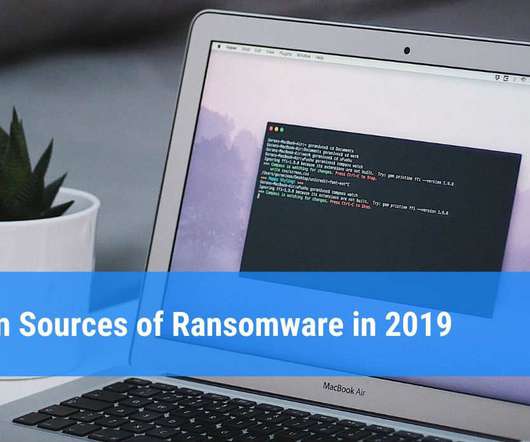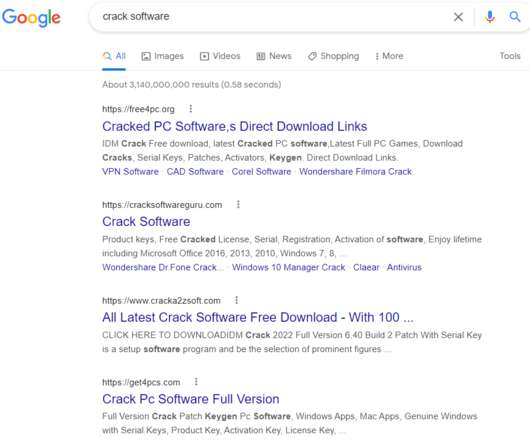How Do You Get Ransomware? 5 Main Sources in 2019
Spinone
DECEMBER 17, 2019
Ransomware via Brute Force Attacks Researchers at F-Secure have found that in 2019, brute force attacks became one of the most preferred means of spreading ransomware. Enabling multi-factor authentication. Use strong passwords and enable multi-factor authentication. 5 Main Sources in 2019 first appeared on SpinOne.






















Let's personalize your content